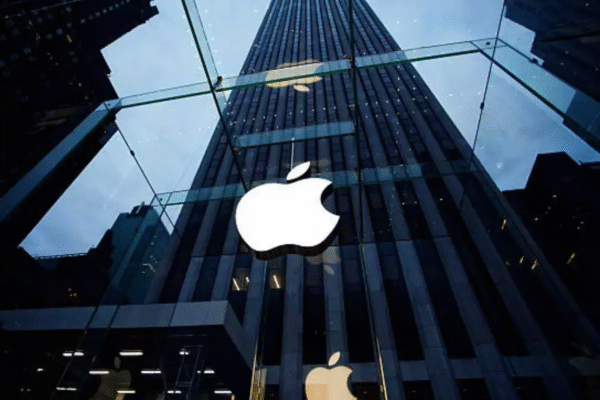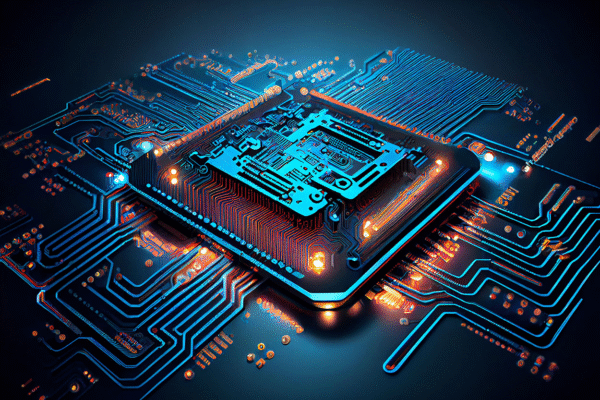YOUR LOCAL DIGITAL MARKETING AGENCY
Category Archives: Mobile
Apple iOS 18.2 Features: A Complete Breakdown of Apple’s Most Exciting Update Apple iOS 18.2 Features: A Complete Breakdown of Apple’s Most Exciting…
Molecular Computing: Ushering in the Next Generation of Artificial Intelligence. Molecular Computing: Ushering in the Next Generation of Artificial Intelligence The field of…
Quantum computing boom: Innovations, investments, cyber security risks Quantum Computing Boom: Innovations, Investments, and Cybersecurity Risks once a concept confined to theoretical physics,…
Nvidia’s supply snags hurting deliveries but mask booming demand Nvidia: Supply Challenges Highlight Booming Demand Nvidia, a global leader in graphics and AI…
You are a burden. Please die’: AI chatbot threatens student who sought help with homework The student from Michigan, USA, was having a…
Uncovering the Power of AI Marketing: Fundamental Trends and Stats Uncovering the Power of AI Marketing: Fundamental Trends and Stats Artificial intelligence (AI)…
Google decides to do something good with its AI: turn it into a free school teacher If Google decided to transform its AI…
Samsung\'s 2025 Lineup May Include Galaxy Z Flip 7 FE, Galaxy S25 Slim, and More Samsung’s 2025 lineup is set to feature a…
Samsung\'s 2025 Lineup May Include Galaxy Z Flip 7 FE, Galaxy S25 Slim, and More Samsung’s 2025 lineup is set to feature a…
Realme GT 7 Pro launched in China: Check out price, specifications and more The Realme GT 7 Pro, just launched in China, brings…
Your business isn't a template, so why is your digital presence? We move beyond 'one-size-fits-all' solutions. At rdm tech, we custom-craft your website, app, and marketing from the ground up to be as unique as your brand.










